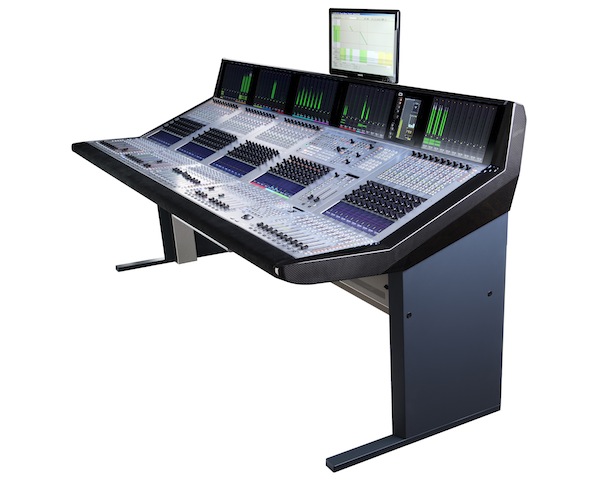Studer Vista X Console Taps CPU Chips for DSP, Vastly Expanding Audio Channels

Follow us
Add us as a preferred source on Google
Harman’s Studer unveiled three years of DSP R&D with the Vista X broadcast console featuring the Infinity Core processing engine, controlling over 800 audio DSP channels and more than 5,000 inputs and outputs.
- According to Studer representatives, it is the first console to use CPU chips for DSP. The resulting system is scalable, with faster development of new signal processing designs, and full system redundancy.
- In a presentation to media in New York City, Andy Trott, VP and GM for Soundcraft, Studer, and AKG, ran down the technology evolution leading to this groundbreaking research project, including the accuracy of Intel co-founder Gordon Moore’s theory that every two years, the number of transistors on integrated circuits doubles, known as Moore’s Law.
- The Infinity Core DSP engine provides 12 A-Link fiber digital audio interfaces, which deliver more than 5,000 inputs and outputs. A fiber-based audio protocol, A-Link uses a 3GBit/s data rate to provide 1,536 audio channels per connection with 32-bit standard AES timeslots. “A-Link is basically MADI on steroids,” said Peter Glaettli, director of R&D for Studer.
- A high-density I/O system was designed to break out the A-Link connections to standard analog, digital, and video interfaces. The interface connects to Riedel’s MediorNet router, which enables numerous Infinity systems to be connected together with router capacities of 10,000 by 10,000 inputs and outputs or more.
- System redundancy was a major design consideration, thus the Vista X console features four processors. The entire system offers N+1 redundancy of the DSP engine and I/O with instant switchover between the main and standby system, free from audio break. The design allows for two Vista X consoles to be working on the same project simultaneously for large, dual language or multi-format productions, such as the Super Bowl, which Trott noted requires 1,900 audio channels, “a huge requirement for audio processing.”
scn Newsletter
A daily selection of the top stories for AV integrators, resellers and consultants. Sign up below.
TOPICS
Lindsey M. Adler is an audiovisual storyteller based in New York.
MORE FROM SCN

